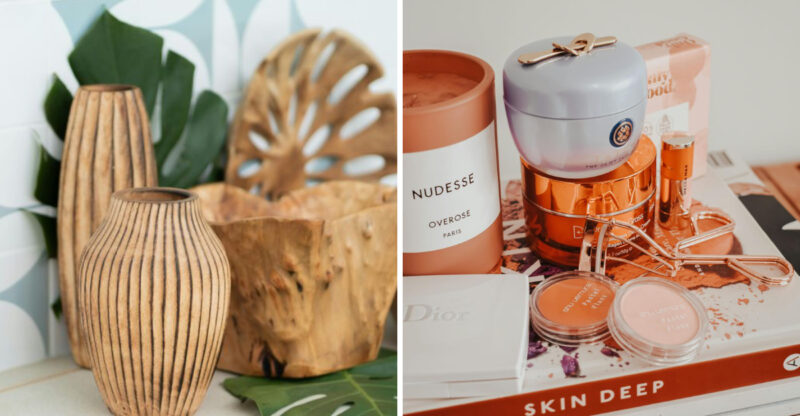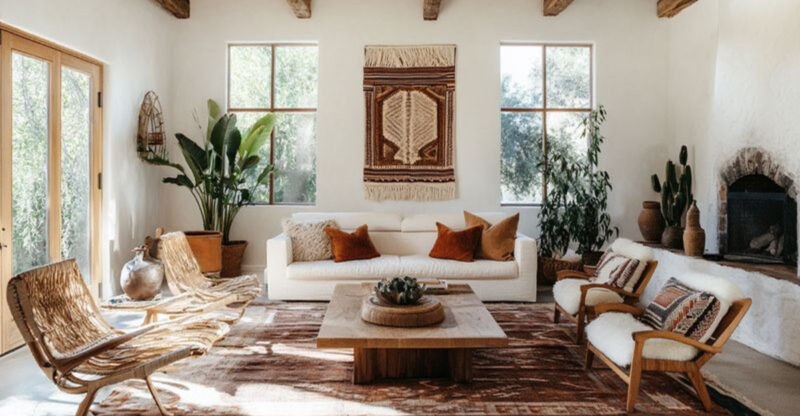14 California Plants That Thrive Even Without Windows

Have you ever wanted to fill your home with greenery but worried your space lacks natural light? I have great news for you.
Many beautiful California plants can flourish in dim corners, bathrooms, and windowless rooms, bringing life and color to every part of your home.
1. Snake Plant
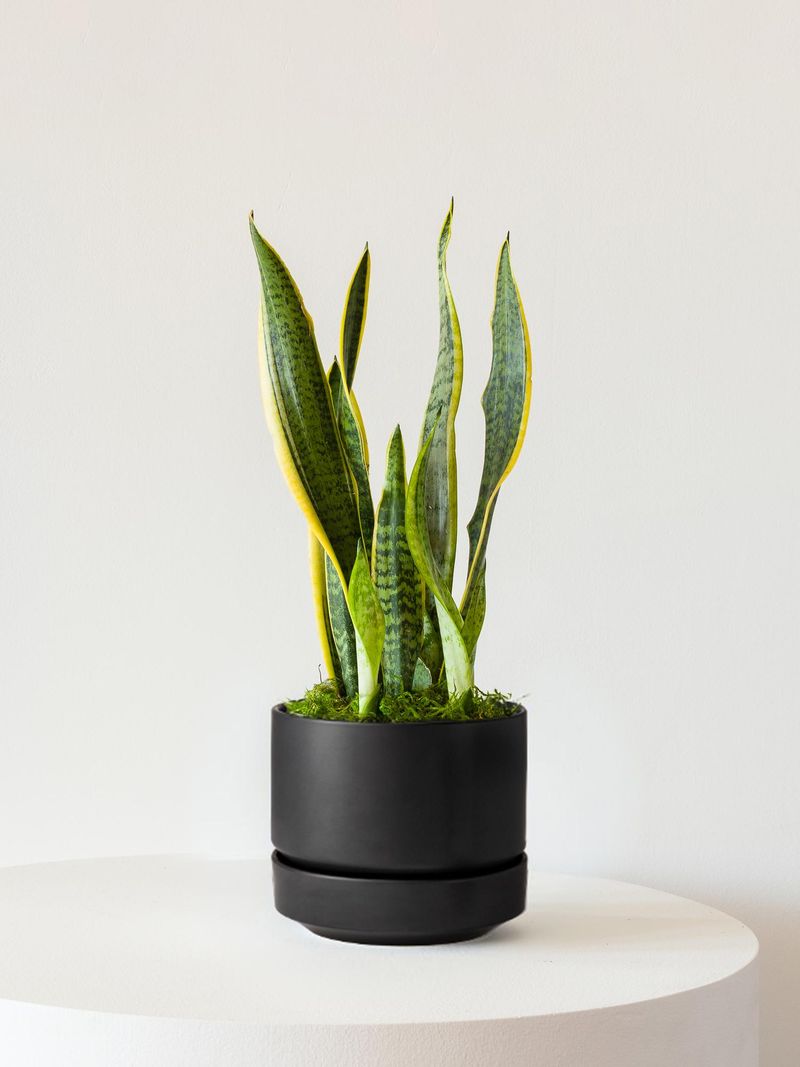
Nearly indestructible and incredibly forgiving, this succulent has become my go-to recommendation for beginners. It tolerates neglect better than most houseplants and actually prefers low light conditions.
Water it sparingly, maybe once every two to three weeks. The thick leaves store moisture, so overwatering causes more problems than drought.
Perfect for offices or hallways without windows!
2. Pothos
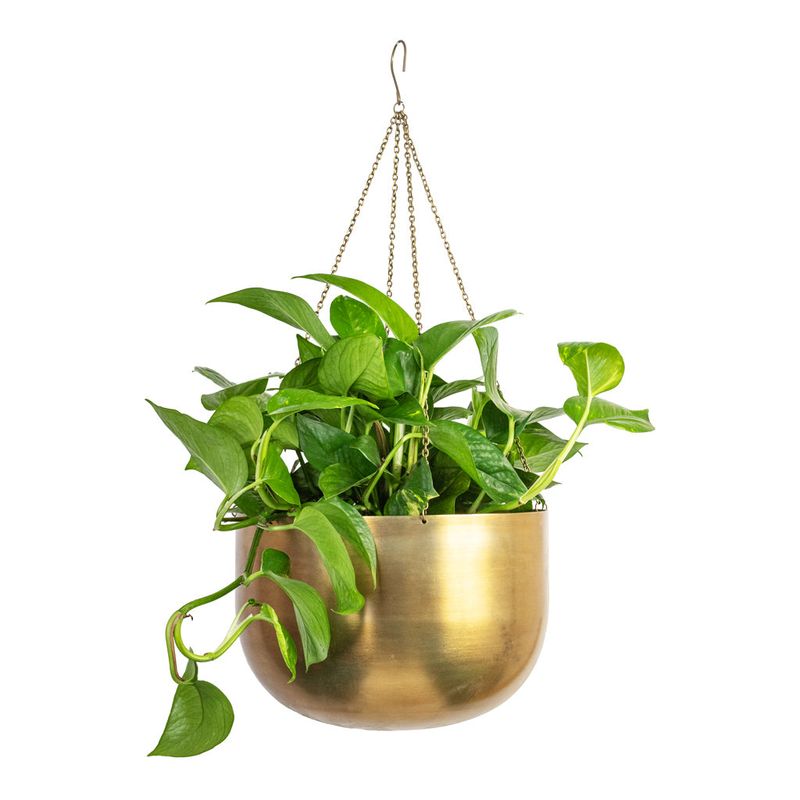
With vines that cascade gracefully from shelves or hanging baskets, this charmer adapts to almost any lighting situation. I love how the heart-shaped leaves add a tropical touch to even the darkest spaces.
You can propagate cuttings in water easily, creating new plants for friends. It grows fast and forgives occasional watering mistakes.
Watch it transform bare walls into green curtains!
3. ZZ Plant

Shiny, waxy leaves catch whatever light is available, making this African native a stunning addition to dim spaces. The glossy foliage looks almost artificial because it stays so pristine and healthy.
Drought-tolerant and pest-resistant, it practically takes care of itself. Water only when the soil dries out completely, roughly every three weeks.
Ideal for busy people who travel frequently!
4. Cast Iron Plant

Named for its tough-as-nails constitution, this Victorian-era favorite survives conditions that would kill other houseplants. Deep green leaves arch elegantly, adding texture without demanding attention or constant care.
It tolerates temperature fluctuations, irregular watering, and even poor soil quality. Growth happens slowly, but patience rewards you with a lush, full plant.
True to its name, absolutely unbreakable!
5. Philodendron
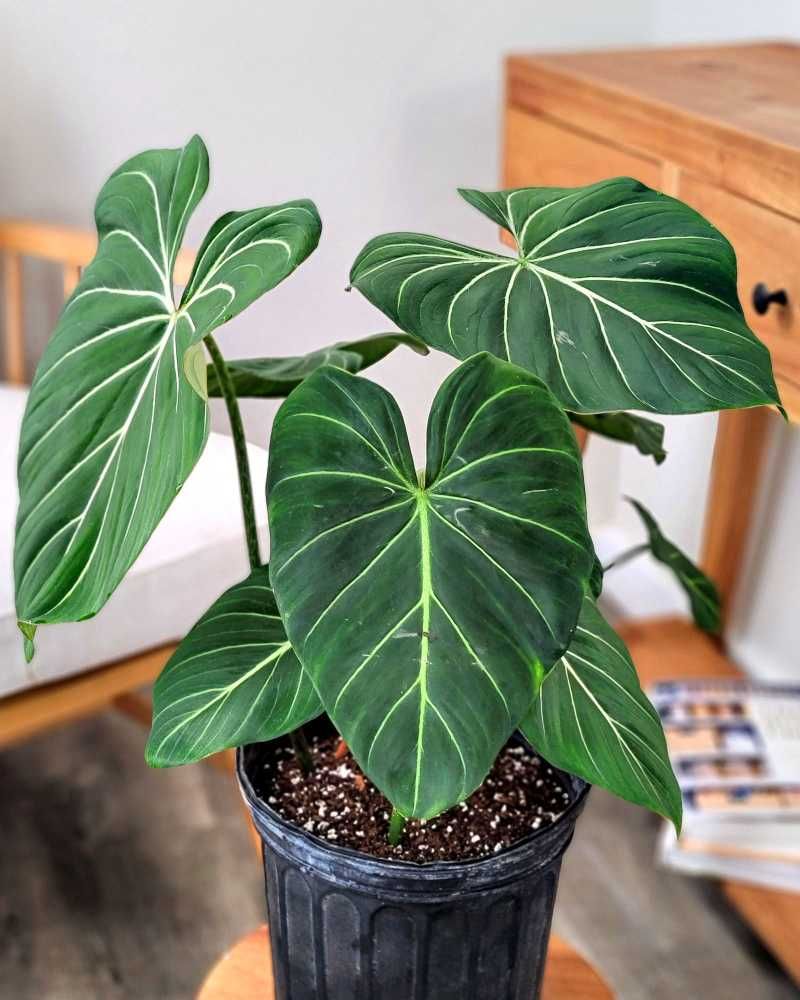
Tropical vibes meet California cool with this adaptable beauty that thrives where sunshine rarely reaches. Large, glossy leaves create dramatic focal points in bathrooms, basements, or interior hallways.
Keep the soil consistently moist but never soggy. Mist the leaves occasionally to boost humidity and keep them dust-free.
Did you know? Some varieties can climb walls naturally!
6. Dracaena
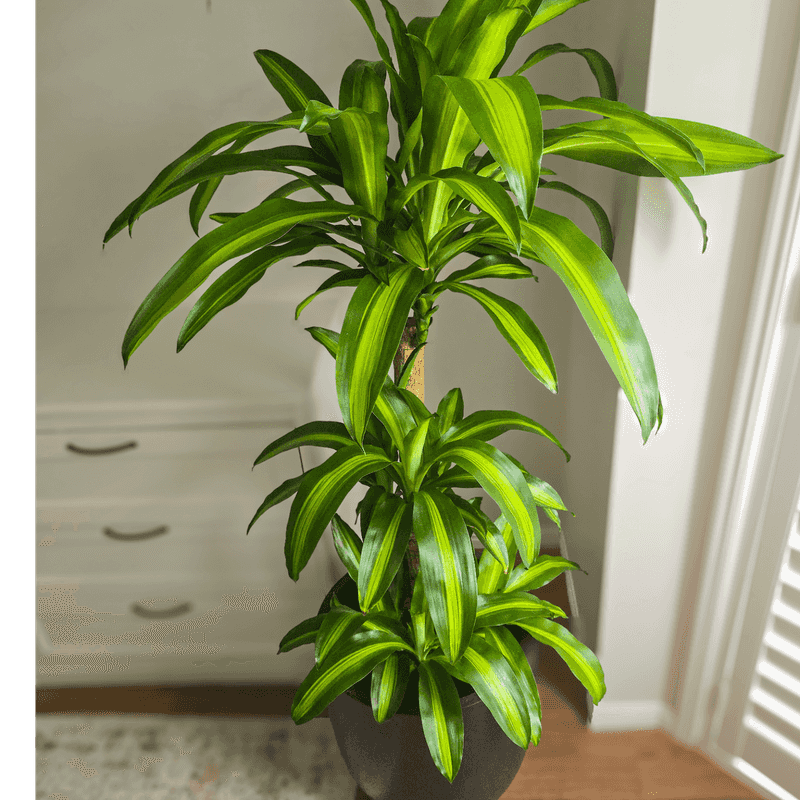
Architectural and striking, these plants bring height and drama to spaces lacking natural brightness. Striped or solid green leaves grow from woody stems, creating a tree-like appearance that commands attention.
They purify air by removing toxins, making your home healthier. Water moderately and allow the top inch of soil to dry between waterings.
Turns corners into conversation starters effortlessly!
7. Peace Lily
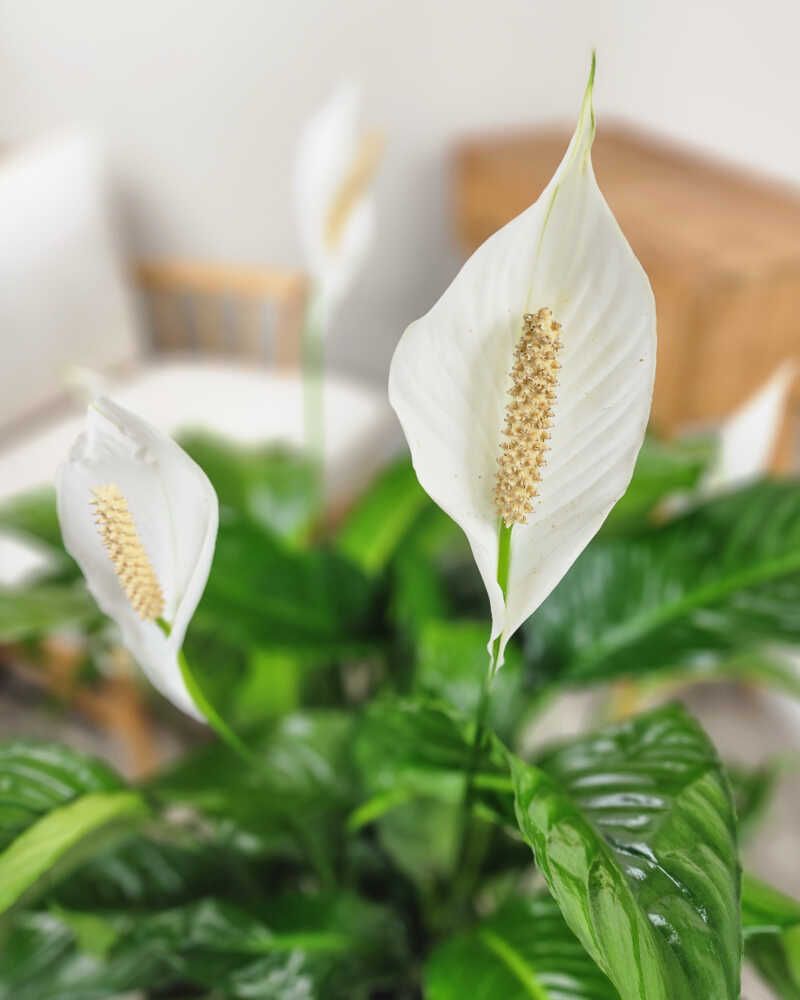
Elegant white blooms emerge even in shadowy corners, proving flowers do not always need bright sunlight. Dark green foliage contrasts beautifully with the creamy white spathes that appear throughout the year.
This plant actually tells you when it needs water by drooping slightly. It bounces back quickly after a drink, making care straightforward.
Adds sophistication to any windowless room instantly!
8. Chinese Evergreen
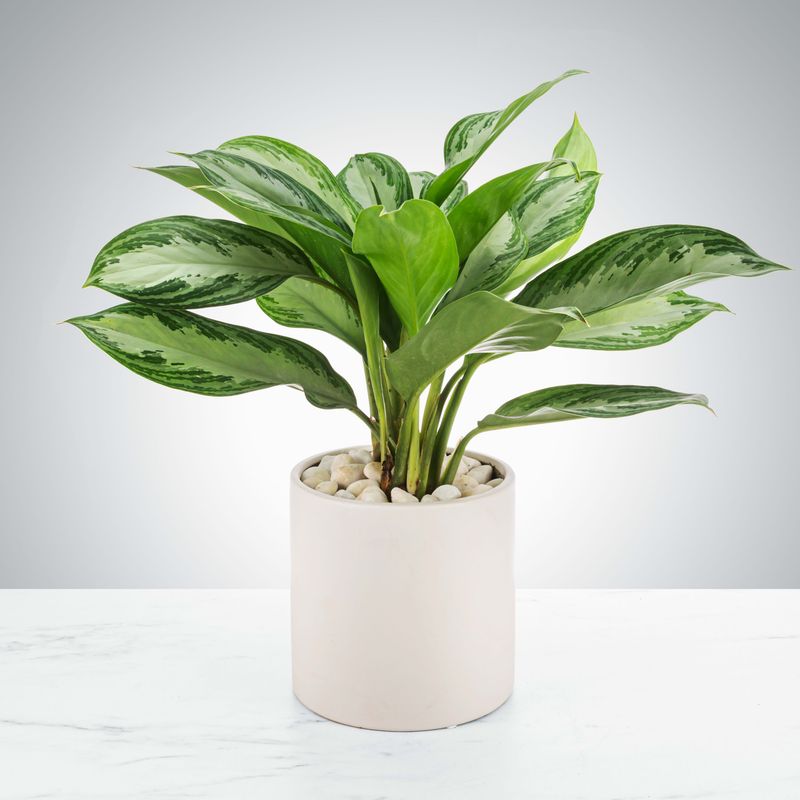
Few houseplants can match the adaptability of Chinese Evergreen when it comes to surviving dim conditions. This tropical beauty sports stunning leaves painted with silver, cream, or pink patterns that brighten up even the darkest corners.
Native to Asian rainforests, it’s accustomed to growing beneath dense canopies where sunlight barely penetrates. Your Chinese Evergreen will happily sit in a windowless bathroom or hallway, asking only for occasional watering when the soil feels dry.
The plant grows slowly but steadily, reaching about two feet tall indoors. Keep temperatures above 60 degrees, and avoid placing it near cold drafts or air conditioning vents for best results.
9. Lucky Bamboo
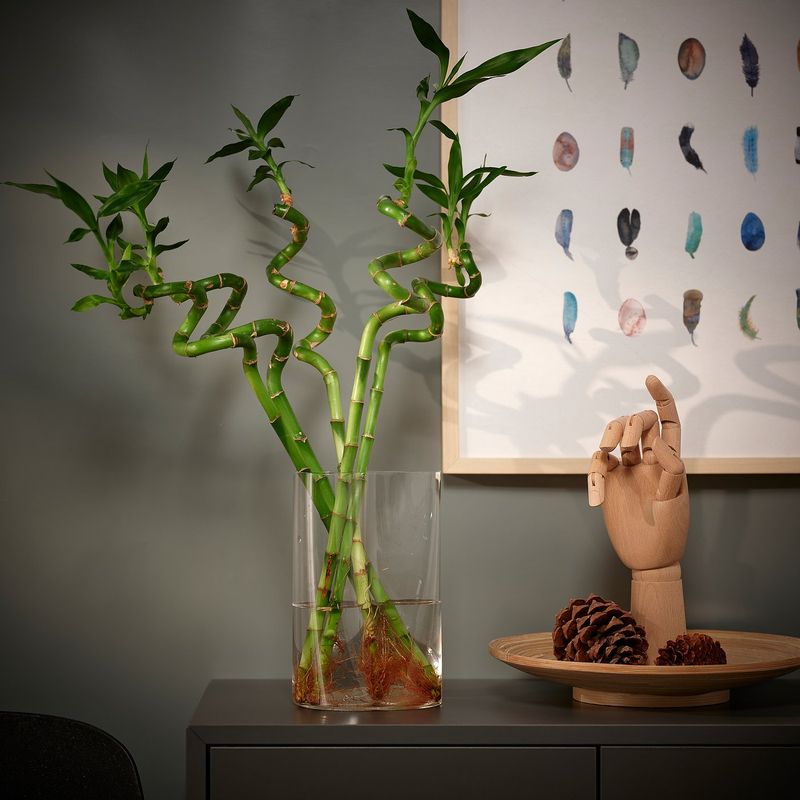
Despite its name, Lucky Bamboo isn’t actually bamboo at all – it’s a member of the Dracaena family that thrives in shaded spaces. These elegant stalks have been symbols of good fortune in Asian cultures for centuries, making them popular gifts and decorative accents.
You can grow Lucky Bamboo in just water or soil, and it requires virtually no sunlight to stay healthy. Change the water weekly if growing hydroponically, or water sparingly if planted in soil.
The stalks can be trained into spirals and interesting shapes, adding artistic flair to shelves and desks. This plant tolerates neglect remarkably well, perfect for busy households or forgetful plant parents.
10. Parlor Palm

Victorian homes once showcased Parlor Palms in their dimmest parlors and sitting rooms, which tells you everything about this plant’s shade tolerance. Its graceful, arching fronds bring a tropical vacation vibe to any indoor space without demanding bright light.
Originating from the rainforests of Guatemala and Mexico, this palm naturally grows under thick forest canopies. It stays compact indoors, typically reaching three to four feet, making it ideal for apartments and smaller rooms.
Water when the top inch of soil dries out, and mist the leaves occasionally to boost humidity. Parlor Palms also help purify indoor air by filtering out benzene and formaldehyde.
11. Prayer Plant
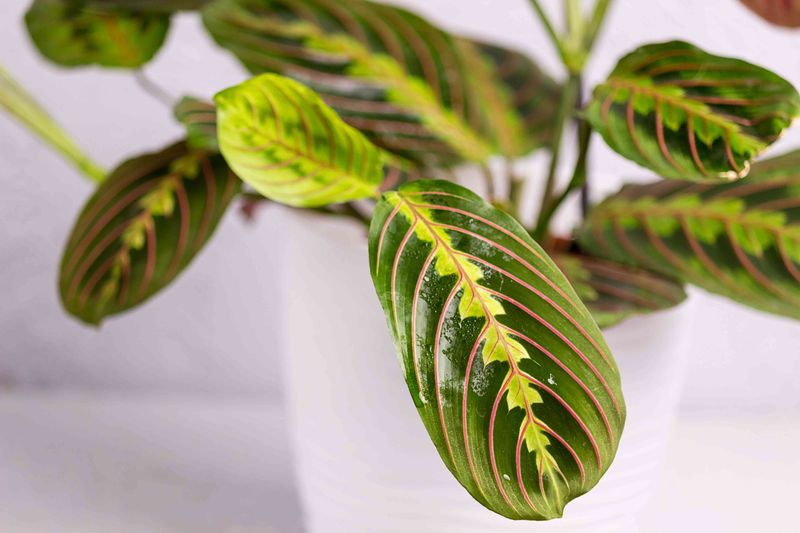
Here’s something magical: Prayer Plants fold their leaves upward each evening like hands pressed together in prayer, then unfold them again come morning. This fascinating daily movement, called nyctinasty, happens regardless of light levels, making it entertaining to watch in windowless rooms.
The leaves display incredible artistry with bold patterns of red, pink, and cream against deep green backgrounds. Brazilian rainforests are their native habitat, where they grow along shaded forest floors receiving minimal direct sunlight.
Keep the soil consistently moist but not waterlogged, and provide moderate humidity for the happiest plant. Prayer Plants grow low and wide, perfect for tabletops and hanging baskets in darker spaces.
12. Maidenhair Fern
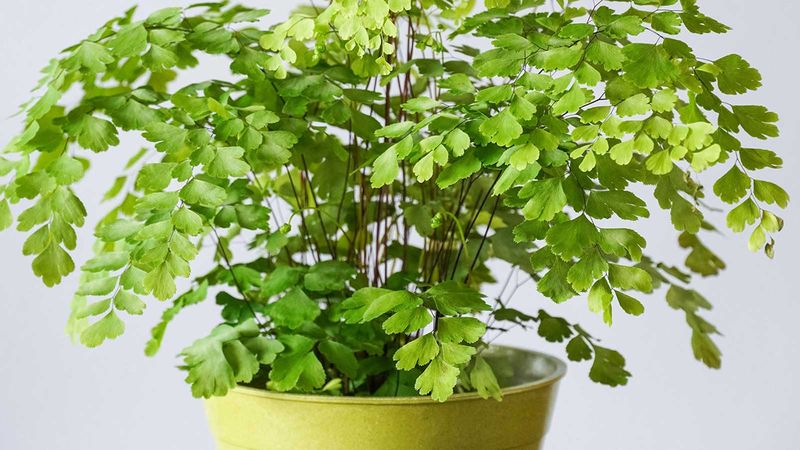
Delicate as lace curtains, Maidenhair Ferns bring an ethereal, woodland charm to shaded indoor spaces. Their wispy fronds dance with the slightest air movement, creating living art that needs no sunshine to flourish.
Found naturally along creek beds and in moist forests throughout California, these ferns actually prefer indirect or artificial light over harsh sun. The key to keeping them thriving is consistent moisture – they despise drying out completely.
Place your Maidenhair in a bathroom where shower steam provides natural humidity, or mist it regularly in drier rooms. With proper care, these Victorian-era favorites will reward you with cascading green beauty that softens any interior corner beautifully.
13. Calathea
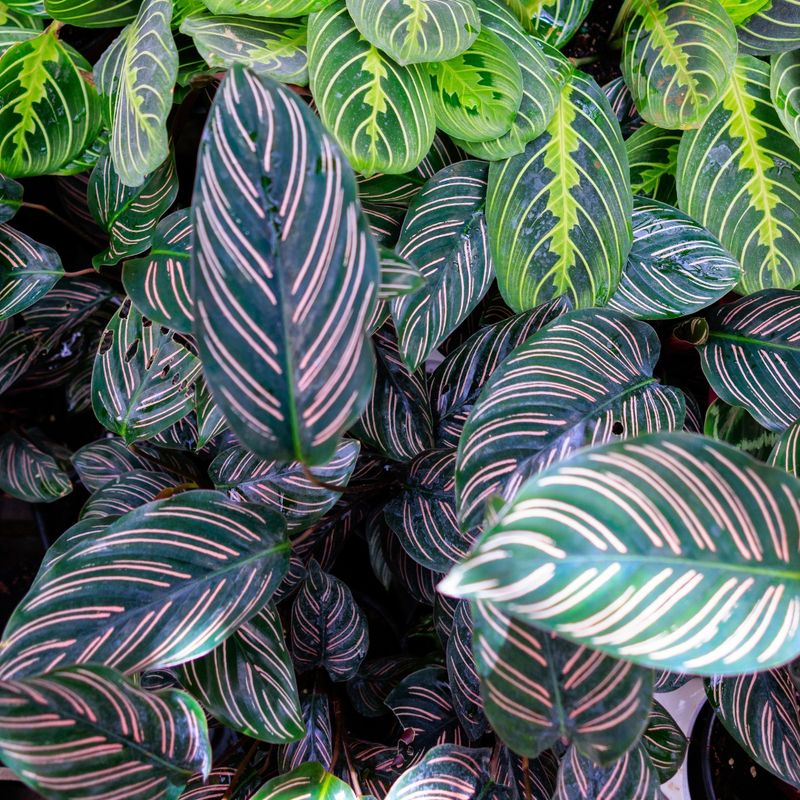
Calatheas are the showstoppers of the low-light plant world, flaunting leaves decorated with stripes, spots, and patterns in purple, pink, and silver. Each variety looks hand-painted by nature’s most artistic designer.
Like their Prayer Plant cousins, Calatheas perform the same fascinating leaf-folding ritual at night. They hail from South American jungle floors where sunlight is scarce, so your dim hallway or basement will feel like home to them.
These plants appreciate high humidity and consistent watering with filtered or distilled water, as they’re sensitive to chemicals in tap water. Rotate your Calathea occasionally to encourage even growth and maintain its symmetrical, stunning appearance throughout the year.
14. Peperomia
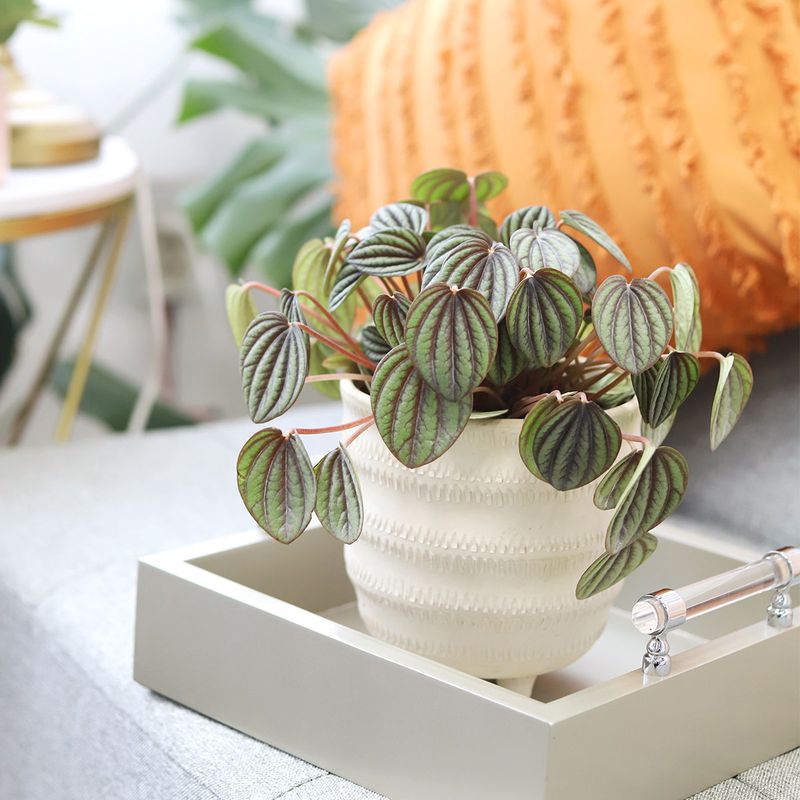
Compact and cheerful, Peperomias pack lots of personality into small packages perfect for desks, shelves, and tight spaces. These little charmers come in dozens of varieties – some with rippled leaves, others with watermelon stripes, and some that look almost succulent-like.
Central and South American rainforests are their ancestral homes, where they grow as epiphytes on tree bark in shaded conditions. Their thick leaves store water efficiently, meaning they forgive the occasional forgotten watering.
Peperomias prefer their soil to dry out slightly between waterings and will thrive under fluorescent office lights or in naturally dim rooms. They rarely grow taller than twelve inches, making them ideal beginner plants for windowless spaces.



